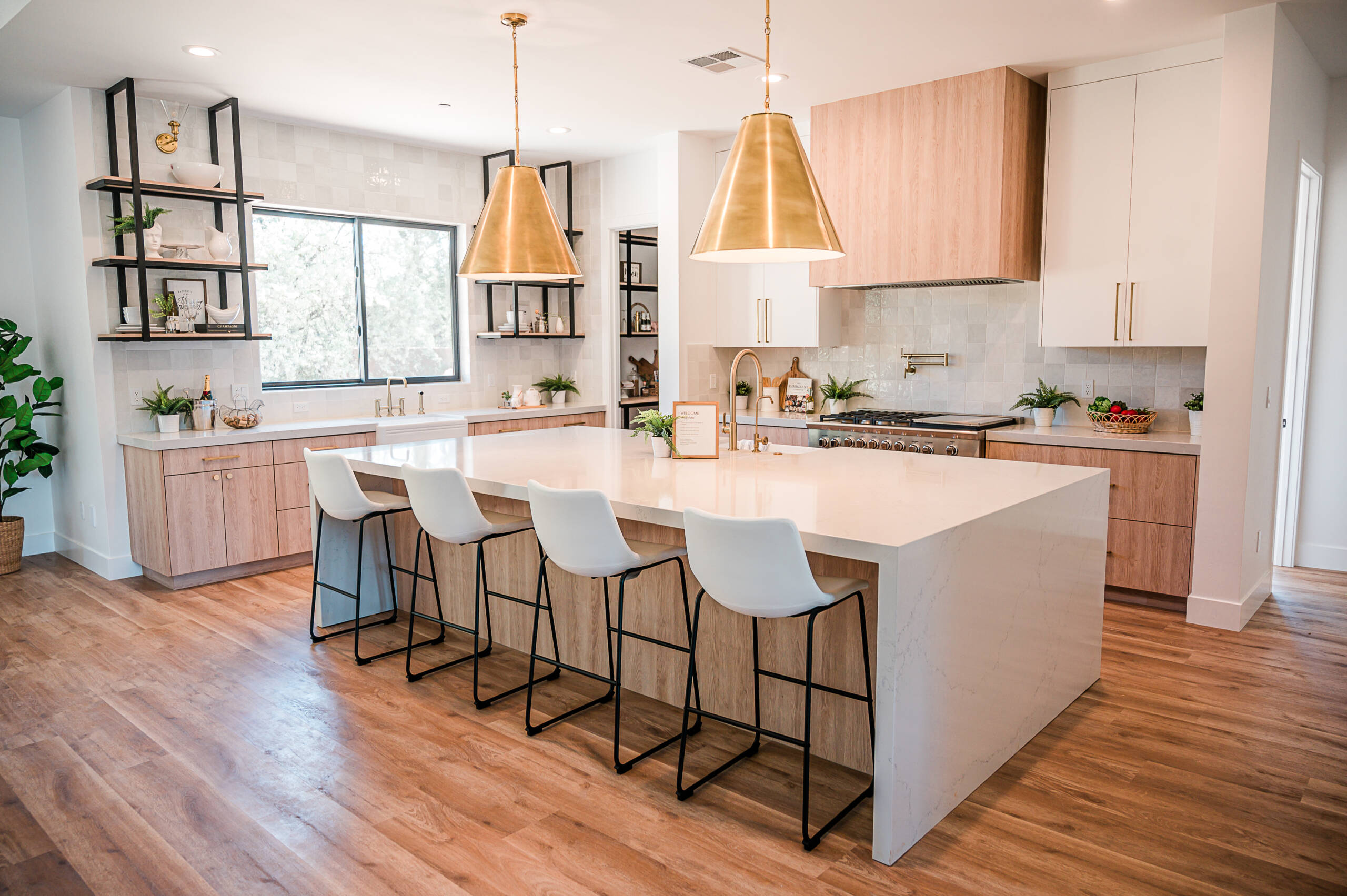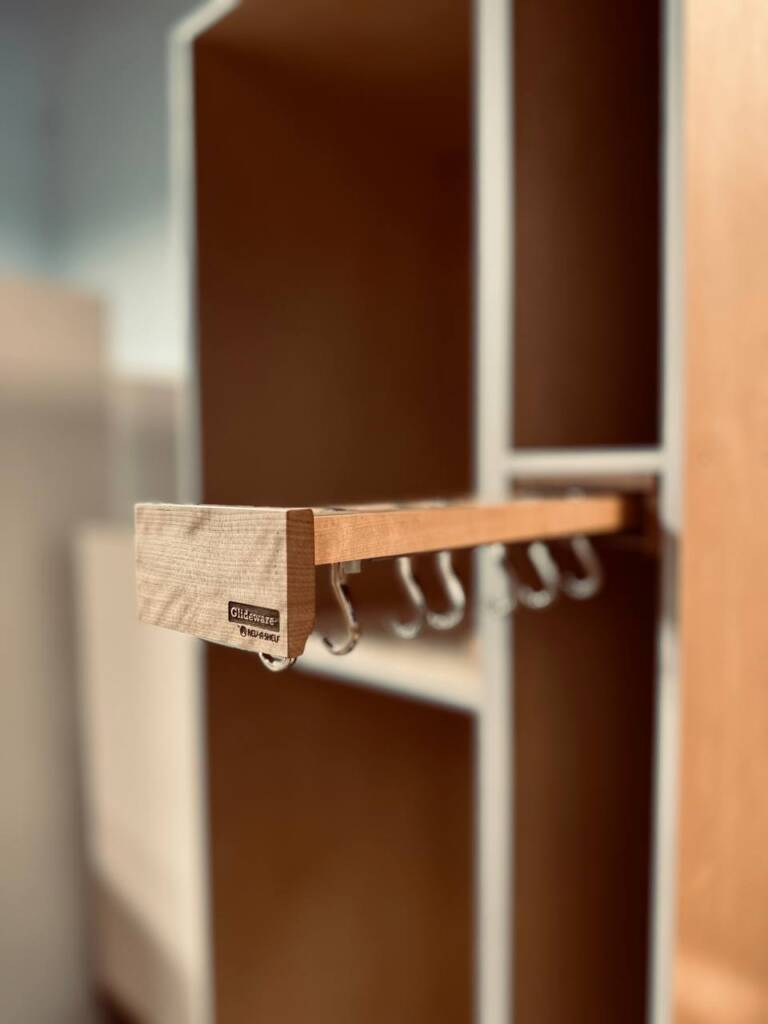
Custom cabinetry is an essential part of home design, providing both practical and aesthetic benefits. For those seeking to build or remodel an eco-friendly home, investing in sustainable custom cabinetry can have a significant impact on both the environment and the value of the property. In this article, we will explore the various benefits of sustainable custom cabinetry materials and practices in home design, along with tips for selecting and incorporating these elements into your eco-friendly home.
1. Sustainable Materials: Selecting the Right Materials for Your Sustainable Custom Cabinetry When choosing materials for your sustainable custom cabinetry, it’s essential to consider the environmental impact of production, transportation, and disposal. Some eco-friendly options include reclaimed wood, bamboo, or FSC-certified wood, which are responsibly sourced and harvested. These materials have a lower impact on the environment than traditional materials and are often more durable and long-lasting, reducing the need for frequent replacements.
2. Non-Toxic Finishes: Safe and Sustainable Cabinetry Finishes used in traditional cabinetry often contain harmful chemicals that can impact both the environment and the health of those in the home. In contrast, non-toxic finishes made from natural materials are an environmentally friendly option for sustainable custom cabinetry. These finishes do not emit harmful chemicals, reducing their environmental impact and making them safe for use in the home.

3. Energy-Efficient Practices: Sustainable Manufacturing for Your Cabinetry Energy-efficient practices can significantly reduce the environmental impact of custom cabinetry production. Sourcing materials locally reduces the carbon footprint associated with transportation and shipping. Utilizing energy-efficient machinery and production processes can also reduce the energy consumption associated with custom cabinetry production.
4. Reduced Waste: Eco-Friendly Cabinetry for a Sustainable Home Reducing waste is an essential aspect of sustainable custom cabinetry production. Efficient production methods can minimize waste, while utilizing wood remnants from other projects or finding alternative uses for wood scraps can significantly reduce the amount of waste produced during production. These practices contribute to a more sustainable and eco-friendly home design.
5. Resale Value: Sustainable Custom Cabinetry and the Value of Your Eco-Friendly Home Eco-friendly features are increasingly important to potential homebuyers, making sustainable custom cabinetry a valuable investment in the resale value of your eco-friendly home. Custom cabinetry made with sustainable materials and eco-friendly practices adds a level of luxury and sophistication to a home that traditional cabinetry cannot match. Additionally, the functionality and durability of sustainable custom cabinetry are attractive to potential homebuyers, making it a worthwhile investment for homeowners.
6. Return on Investment: Investing in Sustainable Custom Cabinetry for Your Eco-Friendly Home While sustainable custom cabinetry may be a significant investment, it is important to view it as a long-term investment in your eco-friendly home rather than a cost. Sustainable custom cabinetry provides improved functionality, a more sustainable design, and a potential return on investment for homeowners. It’s crucial to consider the potential return on investment when deciding to invest in sustainable custom cabinetry.
Conclusion: Incorporating Sustainable Custom Cabinetry into Your Eco-Friendly Home Design Sustainable custom cabinetry is a crucial component of eco-friendly home design that can significantly enhance both the environment and the value of your home. By selecting sustainable materials, utilizing non-toxic finishes, incorporating energy-efficient practices, and reducing waste, homeowners can create beautiful, functional custom cabinetry that contributes to a more sustainable and eco-friendly home. When making the investment in sustainable custom cabinetry, it’s important to consider the potential return on investment and work with professionals who can help you select the right materials and practices for your eco-friendly.

